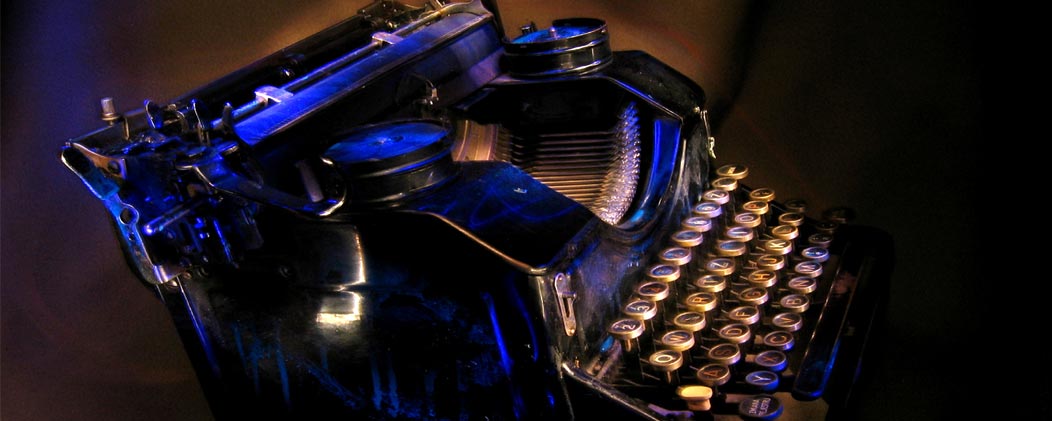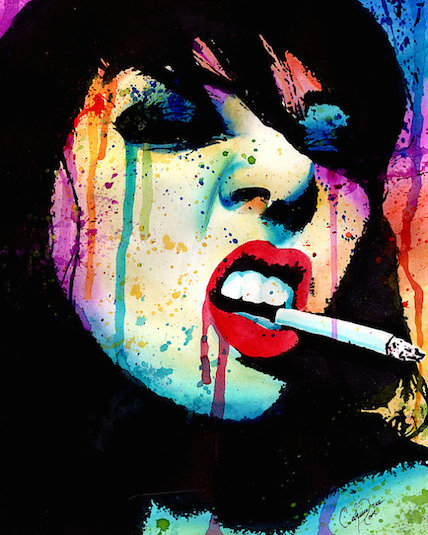The punk movement of the 70s influenced not just the music scene, but also the visual worlds of art and graphic design. The art featured a do-it-yourself approach, reflecting the anti-establishment sentiments of the rough, unrefined rock music popular at that time. These designs exude a sense of rawness in the overall look or in the means of the production.
Some designers during the Punk era did go to art school. Notables are Jamie Reid and Malcolm McLaren. However, the majority of the artists didn’t have any formal training in graphic design. The practitioners did have a few things in common: a passion for music, a camera, a pen and a pair of scissors. Just like the bands they followed, these visual artists used cheap instruments to create their art. The finish products were often described as edgy, indecent and rude.
During the Punk period, the most popular forms of music art were fanzines and album covers. Bands created music with inexpensive instruments and pressed their own records. They churned out fanzines reproduced on photocopiers. Their albums were sold at gigs and independent stores, and often featured hand printed covers. The artists were given the freedom to create whatever they like. That’s why Punk cover art was considered provocative and crass––or the combination of the two.
If you ever find yourself in London, head over to the British Library and check out the exhibit highlighting visual media from the punk period. The exhibit is part of Punk London Festival––a year-long series of exhibitions and events celebrating the creativity of that era. It runs from January 2016 to January 2017.
There’s a dazzling wall of album covers, ranging from the Sex Pistol’s “Anarchy in the UK” to Stretcher Case Baby’s “The Damned.” This is an incredible exhibition for Generation X-ers who want to relive their punk years, or for Millennials who want to know more about that scene.
If you can’t go to the exhibition, you can head here to view the popular album covers and fanzine art from that notorious era.


